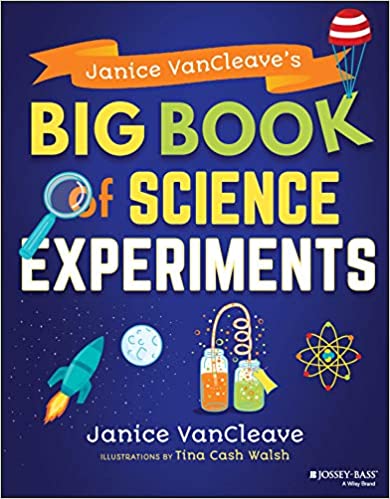Pig iron is the intermediate product of removing native iron (metalic iron or iron alloy)) from its ore (iron compounds + impurities called slag).
Iron Ore + heat——————> Pig Iron [native iron mixed with slag]
Pig Iron + heat —————–> Native Iron + Slag (impurities from iron ore)
What is Native Iron?
To understand the previous statements, you need to know that native iron is iron in a natural metallic form. Native metal can be pure metallic iron (Fe) or an alloy of iron, such as metallic iron mixed with metallic nickel. Iron meteorites are rarely found on Earth, but these meteorites are the primary source of the naturally formed iron/nickel alloy.
What are Iron Ores?
Iron ores are rocks and minerals from which native iron can be economically extracted. The native iron extracted is a form of steel, which is an alloy of iron and carbon.
Hematite is a homogeneous solid made of iron oxide crystals. The formula for the iron oxide in hematite is Fe2O3 called Iron II Oxide or Ferric oxide.
Magnetite is a homogeneous solid made of iron oxide crystals. The formula for the iron oxide in magnetite is Fe3O4 and is called Iron (II, III) oxide or ferrous, ferric oxide.
My first reaction to the names for Fe3O4 was YIKES!!! With more research, I discovered that Fe3O4
is an example of a crystal in a spinel mineral. The general formula of spinel minerals is AB2O4
- The A is a metal with a +2 valence.
- The B is a metal with a +3 valence.
- Oxygen has a -2 valence.
Using the spinel general formula, Fe3O4 is actually FeFe3O4. The first Fe in the formula has a 2+ charge and the second Fe has a 3+ charge. Thus, the name iron II iron III oxide or ferrous, ferric oxide.
Minerals are homogeneous solids made of crystals of one chemical compound that is arranged in an orderly manner throughout. WOW! This sounds a bit complex. Let me give more information. A mineral can be represented by a chemical formula. The iron minerals used to extract native iron are hematite (Fe2O3) and magnetite (Fe3O4).
Rocks
Iron (Fe) is rarely found in its native form on Earth. Instead, compounds of iron are found. The most common iron compounds are oxides of iron. Iron oxides are iron + oxygen. Following are chemical equations showing the oxidation of iron.
Word equation for the oxidation of iron.
Iron + Oxygen yields Iron Oxide
There are different forms of iron oxide. The two most common oxides found in iron ores are hematite and magnetite.
An ore is a rock or mineral with enough
Pig iron is a mixture of native iron (Fe), carbon (C) and other impurities that was in the iron ore.
Rocks and minerals containing iron compounds can be heated to produce nat
By the late Middle Ages, European ironmakers had developed the blast furnace, a tall chimney-like structure in which combustion was intensified by a blast of air pumped through alternating layers of charcoal, flux, and iron ore. Medieval ironworkers also learned to harness water wheels to power bellows to pump the air through blast furnaces and to power massive forge hammers; after 1777, James Watt’s new steam engine was also used for these purposes.) Molten cast iron would run directly from the base of the blast furnace into a sand trough which fed a number of smaller lateral troughs; this configuration resembled a sow suckling a litter of piglets, and cast iron produced in this way thus came to be called pig iron. Iron could be cast directly into molds at the blast furnace base or remelted from pig iron to make cast iron stoves, pots, pans, firebacks, cannon, cannonballs, or bells (“to cast” means to pour into a mold, hence the name “cast iron”). Casting is also called founding and is done in a foundry.
There are two steps to iron extraction from iron oxide (iron ore).
Step 1:
Reaction: Carbon reacts with oxygen to form carbon monoxide
Balanced Equation: 2C + O2 —> 2CO
Step 2:
– Carbon monoxide reacts with iron oxide to form carbon dioxide and iron:
– carbon monoxide + iron oxide (hematite) —> carbon dioxide + iron
– 3CO + Fe2O3 —> 2Fe + 3CO2
Big Book of Science Experiments
A book of fun informative experiments about astronomy, biology, chemistry, earth science, and physics.
